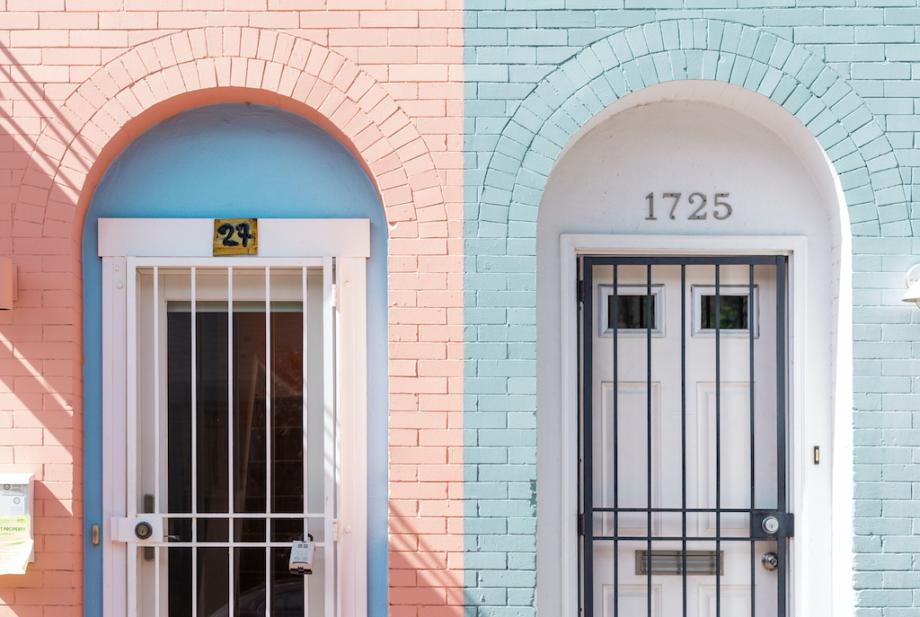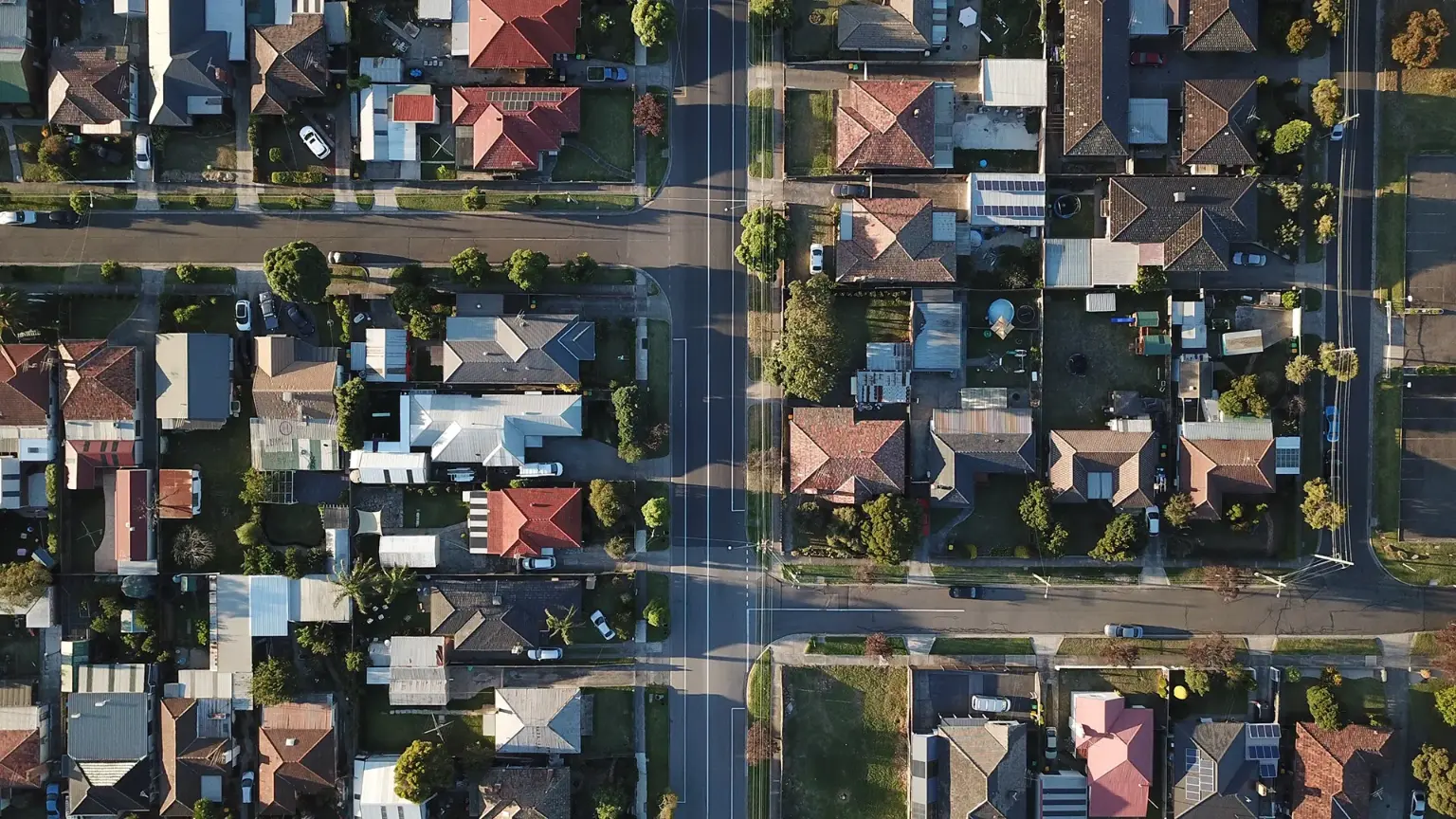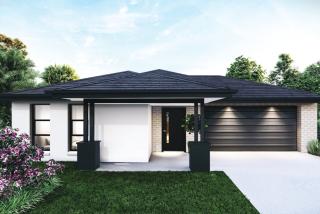Cash Positive vs. Capital Growth and Can You Have Both?
In the realm of property investment in Australia, two predominant concepts emerge: ‘cashflow’ and ‘capital growth’. These terms often seem to be at odds, with investors typically favouring one strategy over the other. However, a pertinent inquiry remains, is it feasible to simultaneously achieve both positive cashflow and capital growth within the Australian property market?
Let us delve deeper into this matter.
Cashflow: This denotes the net income accrued from an investment property after all pertinent expenses have been deducted. Positive cashflow arises when rental income surpasses expenses such as mortgage repayments, maintenance, and property management fees. Conversely, negative cashflow occurs when these expenses exceed the rental income.
Capital Growth: This represents the appreciation of the property’s value over a specified duration. For instance, a property acquired for $500,000 that appreciates to $600,000 over several years has experienced $100,000 in capital growth.
Historically, there has been a prevailing assumption that properties with a high potential for capital growth often yield negative cashflow. This is attributed to the fact that such properties are generally situated in areas with high demand, leading to elevated purchase prices. Consequently, the rental income derived might not suffice to cover the mortgage and ancillary costs. In contrast, properties that yield positive cashflow are frequently located in regional areas or suburbs with diminished growth prospects.
However, is this theory universally applicable?
Case Studies: Strategic Investments in Co-living and SDA Properties
Co-living Investment Properties:
Co-living spaces, a modern take on shared housing.
Depending on the location most co-living properties consist of 3 master bedrooms with two living areas creating enough personal space for all tenants to live harmoniously. Each bedroom will generally be leased for between $250-$350 per week subject to location offering investors a 30-40% increase in return compared to a traditional investment in the same suburb.
Additionally, due to the proximity to capital cities and growth centres where demand for such living arrangements is high, you would share in the uplift in growth alongside all other property types in that area.
SDA Investment Properties: The Specialised Disability Accommodation(SDA) provides support for Australians with disabilities.
The government recently increased the rental return to investors for SDA properties as they have established an undersupply of SDA properties across Australia.
If you were to purchase an SDA property in any capital city within Australia, subject to participant demand, your property when fully tenanted would offer some of the best cashflow available in the market today.
As an example, a 3 bedroom (2 Participant + Carer) SDA home in South Western Sydney would cost approx. $1,250,000 to build and with only two participants this home will Gross $192,475 Per Annum, offering a rental yield of 15.38%.

_1760408926gJ50A-card.jpg)
_1758680457EfP8W-card.png)
_1754959266HOub5-card.png)
_1752115352WpaHL-card.jpg)
_1751940993PbDjZ-card.jpg)
_1751333432LuNFZ-card.jpg)

_1764731815HUFUX.jpg)
_1764211036lHsm6.png)
_1762916285NoFl4.jpg)
_17623130443GJfk.jpg)
_1760408926gJ50A.jpg)
_17598783571Kaml.jpg)



